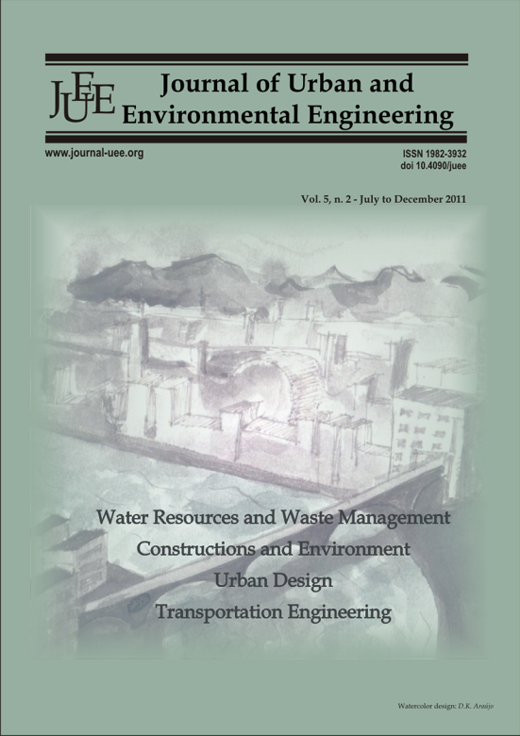COLLOID RELEASE AND TRANSPORT IN AGRICULTURAL SOIL AS IMPACTED BY SOLUTION CHEMISTRY <a href="http://dx.doi.org/10.4090/juee.2011.v5n2.084090">(doi: 10.4090/juee.2011.v5n2.084090)</a>
DOI:
https://doi.org/10.4090/juee.2011.v5n2.%25pKeywords:
Colloid Release, Electrostatic Forces, Ionic Strength, and pHAbstract
Colloid release from the agricultural soil under unsaturated conditions was controlled by the hydrodynamic force, capillary force and electrostatic force that is determined by the solution chemistry in terms of solution ionic strength and pH. In this research, colloid release from the agricultural soil was investigated using an intact soil column collected from an agricultural site in Gadsden County of Florida. Colloid release was monitored and the colloid release curve was simulated using an implicit, finite-difference scheme to obtain the colloid release coefficient. It was found that the hydrodynamic force and electrostatic force overcame the capillary force under the experimental conditions of this research and consequently, colloids were released. For the colloid release, solution chemistry played a key role by controlling the colloid repulsive electrostatic force within the pore system. Colloid release exponentially decreased with the increase of solution ionic strength and increased with the increase of solution pH. Colloid release was finally found to be correlated to the colloid repulsive electrostatic force within the pore system, i.e., the greater the repulsive electrostatic force, more colloids were released.Downloads
Download data is not yet available.
Downloads
Published
2011-12-14
Issue
Section
Articles




